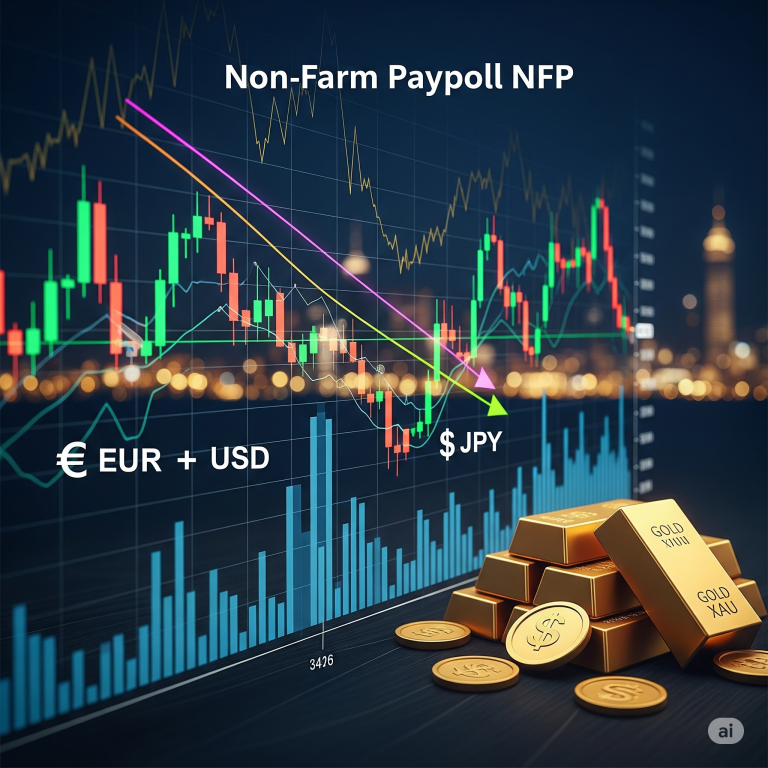Choosing a strategy to approach cryptocurrency trading can be quite a challenge in itself; among the more popular ones are day trading and long-term holding (or HODLing). Each has its own pros and cons, along with specific payments for specific investors. This guide will explain basic differences to help you choose the method most suitable for you.
Day Trading: Riding Volatility Waves
Day trading is basically buying and selling cryptocurrencies within the same day. Sometimes this happens over only a few minutes or even seconds. The aim is to ride ephemeral price fluctuations for profits.

Advantages of Day Trading:
- Quick Income Generation: If all goes well, day trading can yield a great profit thanks to its fast-paced nature.
- Profitability in Any Market: Day traders can trade for profit regardless of current market conditions, as major price fluctuations can lead to either profits or losses.
- Active and Fun: Some people may find the fast-paced aspect of day trading fun.

Disadvantages of Day Trading:
- High Transaction Costs: Frequent trading incurs higher trading fees in terms of commissions plus spreads, which will cut into any profit, particularly with smaller accounts.
- Stress City: Day trading is fast and also stressful. You will need to keep your emotions in control. Furthermore the constant pressure can burn you out, which is never a good thing for your financial health or your mental health.
- Time Hog: Good day trading often needs lots of research as well as watching the market all day. Much like a full-time job for many.
When looking at trading vs investing, one of the key things to consider is timeframes. As we’ve noted, investing often involves waiting years for relatively small returns. Day traders, however, look to take advantage of the small price fluctuations that occur in financial markets, minute to minute. This is also known as volatility.
Anyone who has ever looked at price charts before will know that asset prices move a lot, and given that day traders can profit from both increases and decreases in an asset’s price, this volatility offers a wealth of opportunity.
Long-Term Holding (HODling): Playing the Long Game
HODLing refers to the strategy where you buy cryptocurrencies and possess them in your portfolio for a very long time, be it months or years, quite unaffected by dribbles in short-term prices. The high optimism that there will be huge profitability in the longer perspective of the selected cryptocurrency.

Advantages of Long-term Holding:
- Less Time-Consuming: HODLing requires less active management than day trading, so it is suitable especially for those with lesser time to spare.
- Less Risky (in Theory): Although volatile markets are subject to swings, long-term holding can often be less risky.
- In line with long-term growth potential: HODLing offers an advantage of enjoying the potential for long-term growth in the cryptocurrency market.
- Less Stressful: While long-term trading means no frequent market checking, it’s less stressful compared to short-term trading.
- Lower Transaction Fees: The infrequency of trades is reflected in lower transaction fees.
Disadvantages of Long-Term Holding
- Missed Short-Term Opportunities: HODLers would also have missed opportunities to cash out small gains as trades bubble.
- Long-Time Span Losses: Sometimes during dips the market swings low, where HODLers face paper losses for an extended duration of time.
- Requires Strong Conviction: HODLing needs a firm faith in the long-term prospects of the chosen cryptocurrency so you can stand the undue market volatility.
- Opportunity Cost: The capital is tied up for a long time, thereby missing out on potentially other investment opportunities.
Market Adjustments: How to Trade When to Hold
Market conditions drive the decision for day trading and long-term holding. An investor should look out for various parameters, such as:
Market Trend
Bull runs are usually an ideal time to HODL, whereas sideway or choppy markets usually call for day trading.
Risk Appetite
If market conditions become highly unpredictable, then selectively trading will bring down exposure thereby reducing loss.
Economic and Regulatory Changes
Changes in government policies, inflation rates, and macroeconomic conditions can affect the price of cryptocurrencies, so a flexible view point is needed.
Technical and Fundamental Analysis:
On-chain metrics, project developments, and technical indicators can be used to help traders decide when to enter or exit positions.
Which Strategy is Good for You?
Ultimately, the kind of trading strategy you follow depends on your specific situation, the level of risk you are willing to take, your financial goals, and the time you can commit to trading.
To Consider Day Trading If:
You have high-risk tolerance, plenty of time for market studies, and sound technical analysis understanding.
To Consider Long-Term Holding If:
You have a low-risk patience, not enough time to be fully active, and believe that crypto prospects will only be realized in the long run.
Common Considerations Therefore:

In-Depth Research:
- Don’t forget to learn about the technology, use case, team, and tokenomics of any crypto you’re considering; look it up.
Be Diversified:
- Don’t put all your eggs in one basket. Diversify your portfolio to other cryptos.
Risk Management:
- Never invest beyond what you can afford to lose. Cryptocurrencies are very risky investments.
Security
- Keep your cryptocurrency safe and sound in a secure wallet.
This article is purely for informational purposes and should not be taken as financial advice.
Trading in cryptocurrency is very risky with the possibility of you losing money. As such, before making any investments, you must always do your own research and consult a qualified financial advisor.
Subscribe to our newsletter!







Fascinating read! Try Sprunki Incredibox for an innovative approach to music creation.
Digital movement in motion! Trump Coin creates a mesmerizing opportunity.